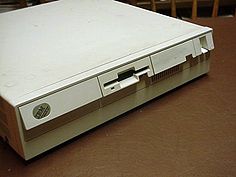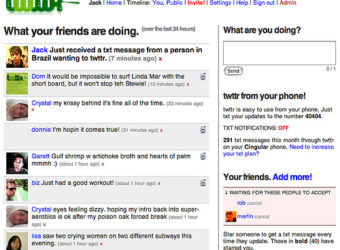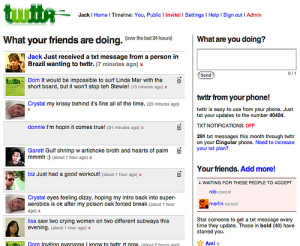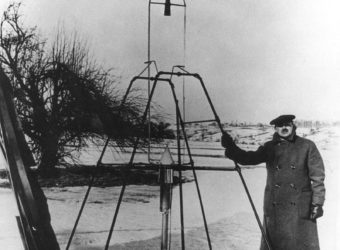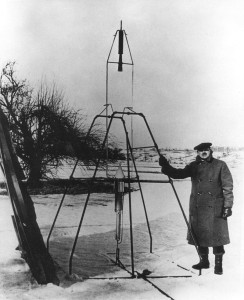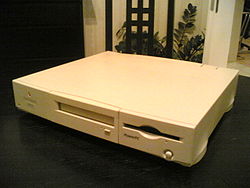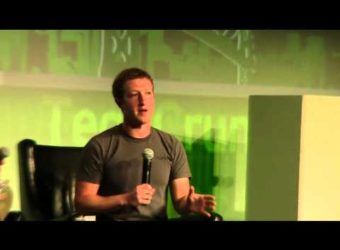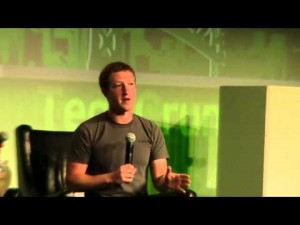June 17, 1885: Statue of Liberty is Delivered
Subscribe! Spotify | RSS | More
1885 – Arriving in over 200 crates, the Statue of Liberty is fully delivered to New York City. French sculptor Frederic-Auguste Bartholdi, along with Gustave Eiffel, created this statue for America to be a symbol of freedom and friendship between the US and France.
Yet, it almost didn’t get assembled due to an argument on who would pay for the pedestal at Ellis Island. President Cleveland finally dedicated the statue on October 28, 1886.

Subscribe to Day In Tech History:
RSS Feed - iTunes - Android - Spotify - iHeartRadio
Facebook -
- RSS Bandwidth by Cachefly Get a 14 Day Trial
- Join me on Patreon and support Day in Tech History
- Linus Torvolds announces he will leave Transmetta to work for the Open Source Development Labs
- Flickr co-founders leave the company
- Compaq announces the Armada line of computers
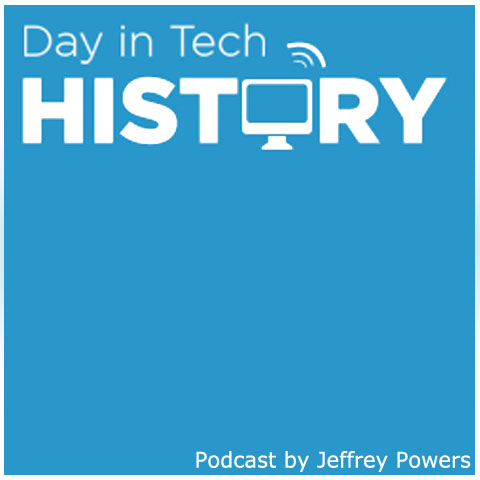
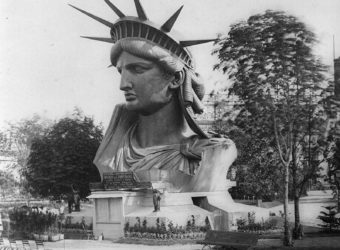

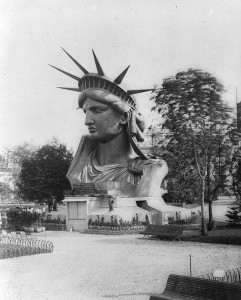

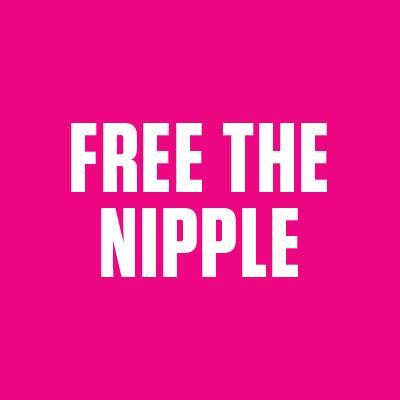
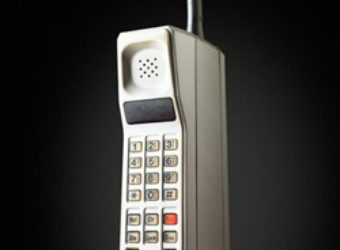
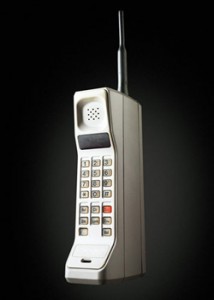
![IBM[1] IBM](https://dayintechhistory.com/wp-content/uploads/2012/09/IBM1-340x250.jpg)
